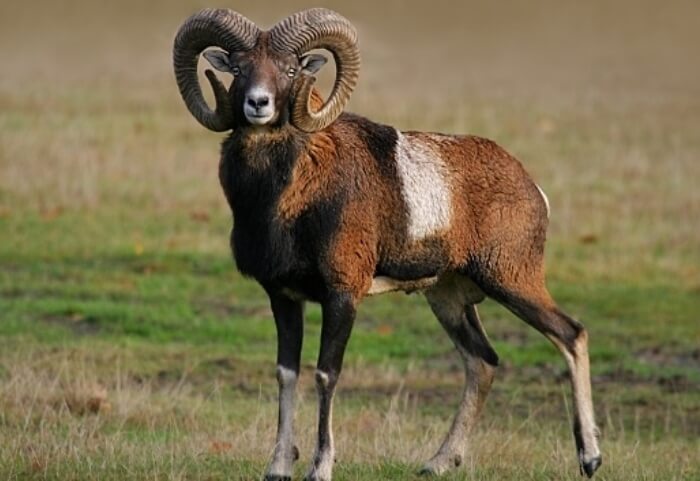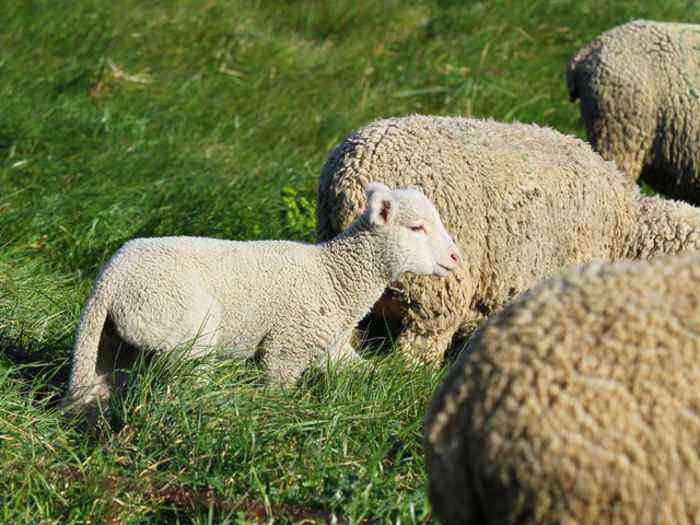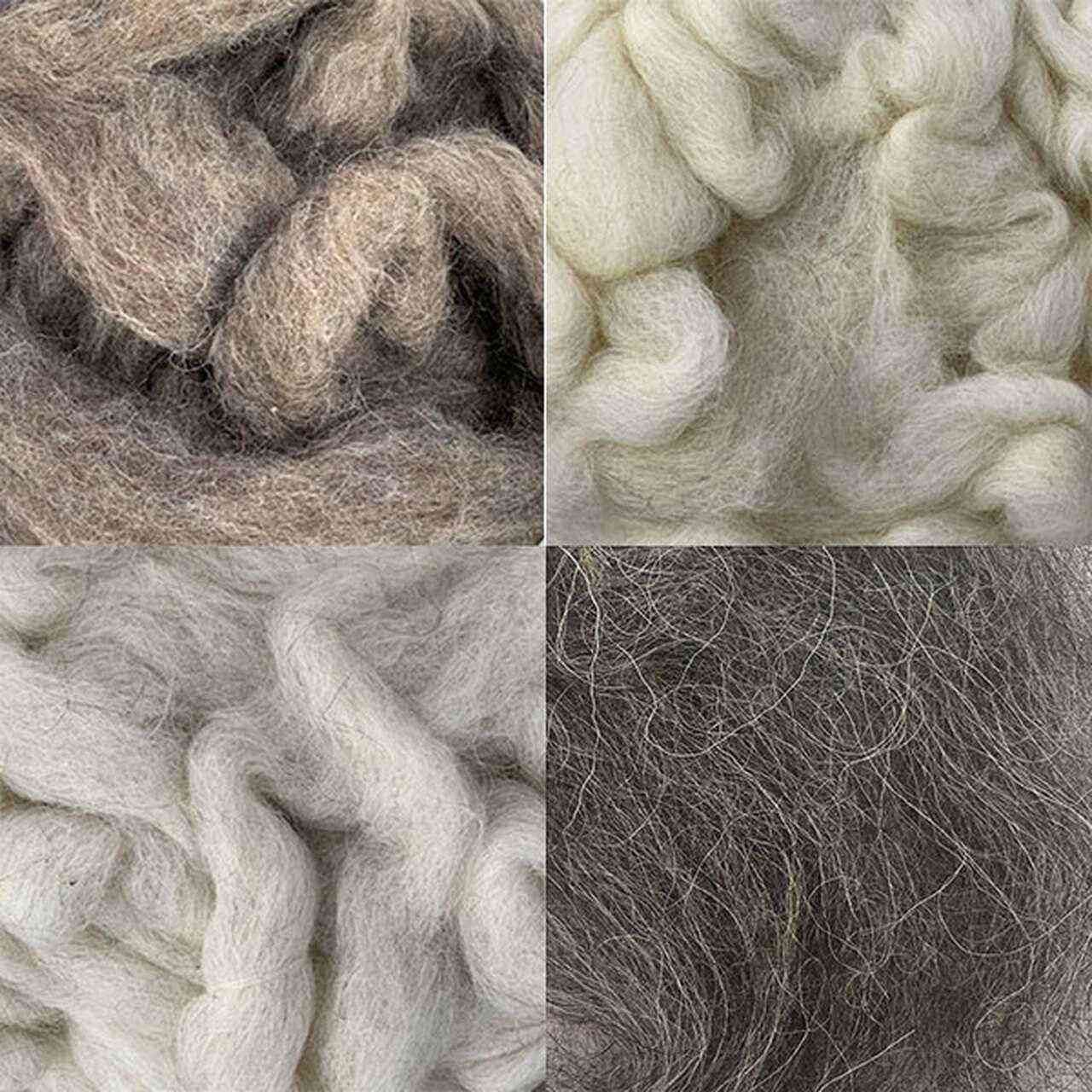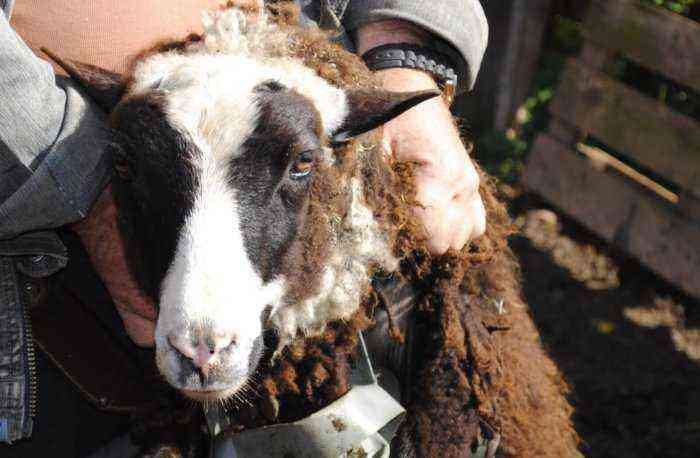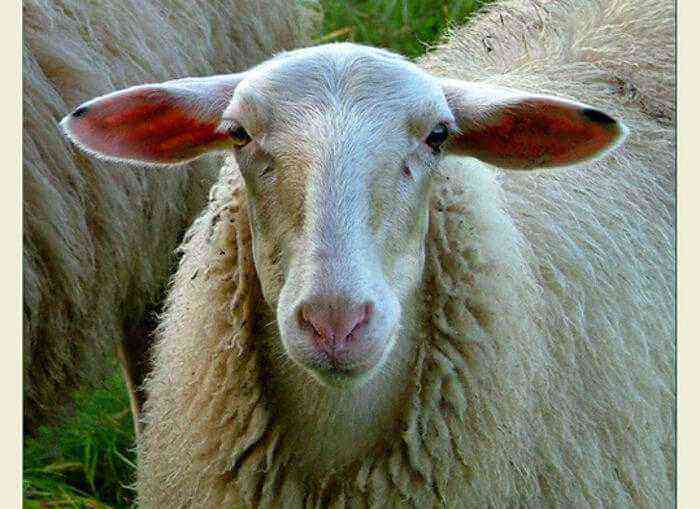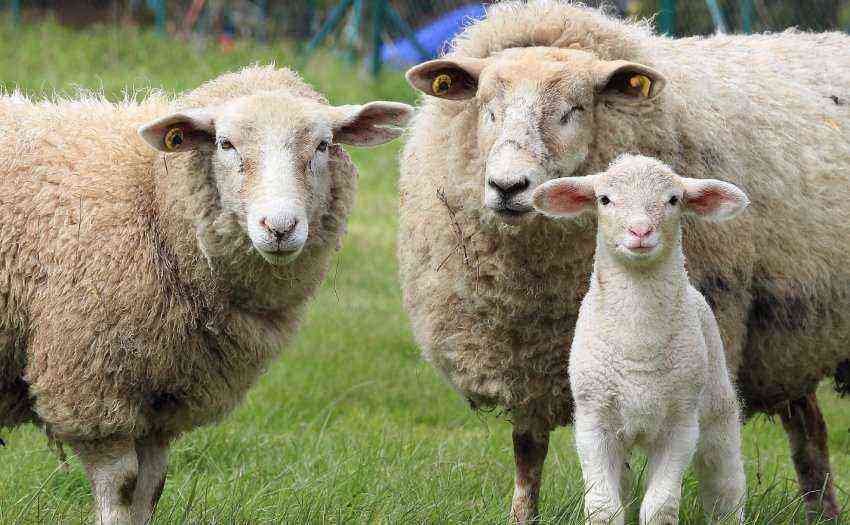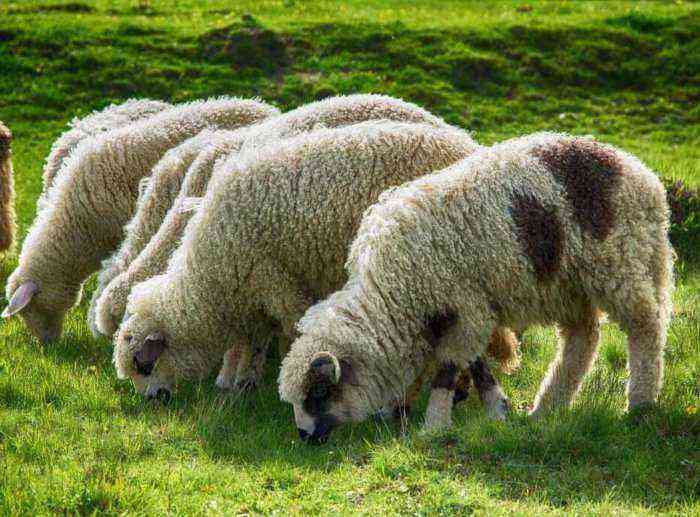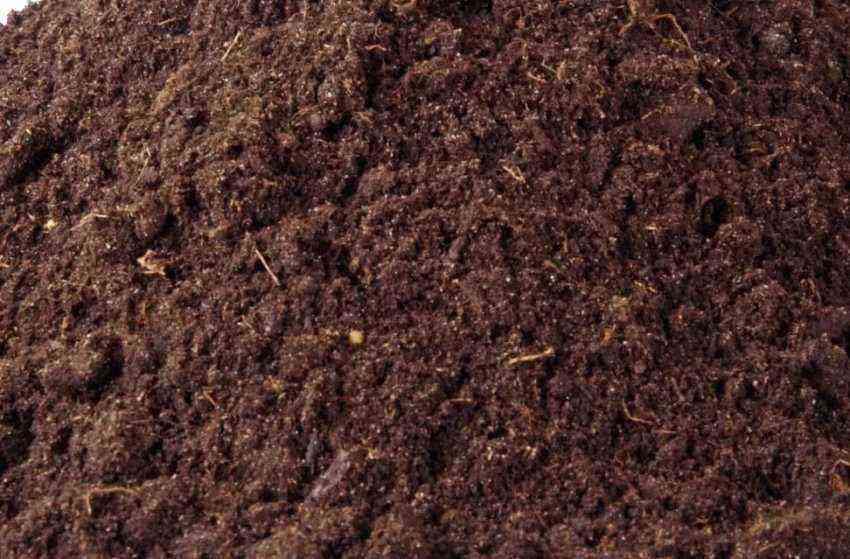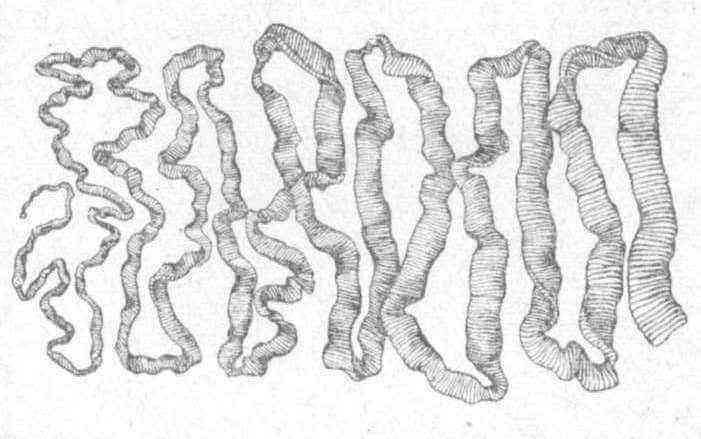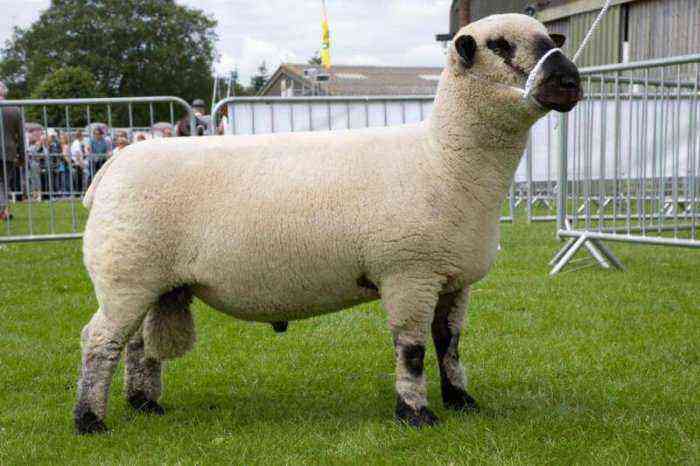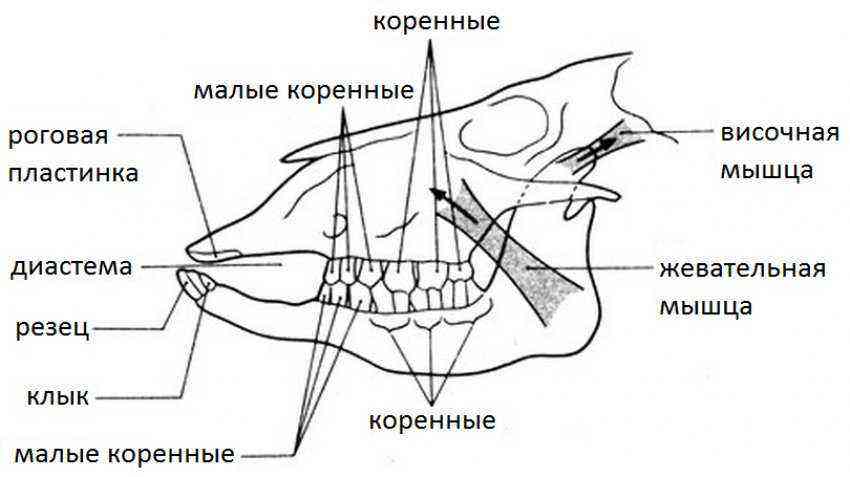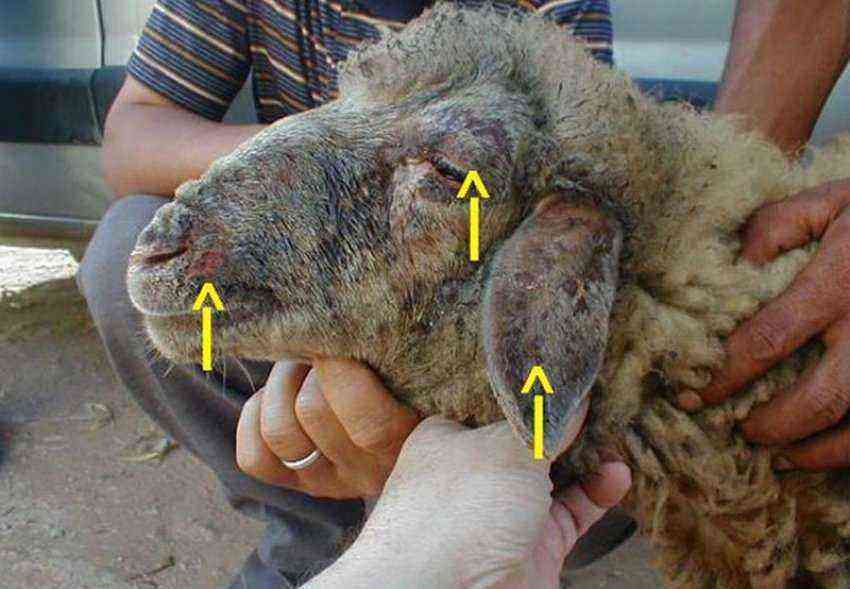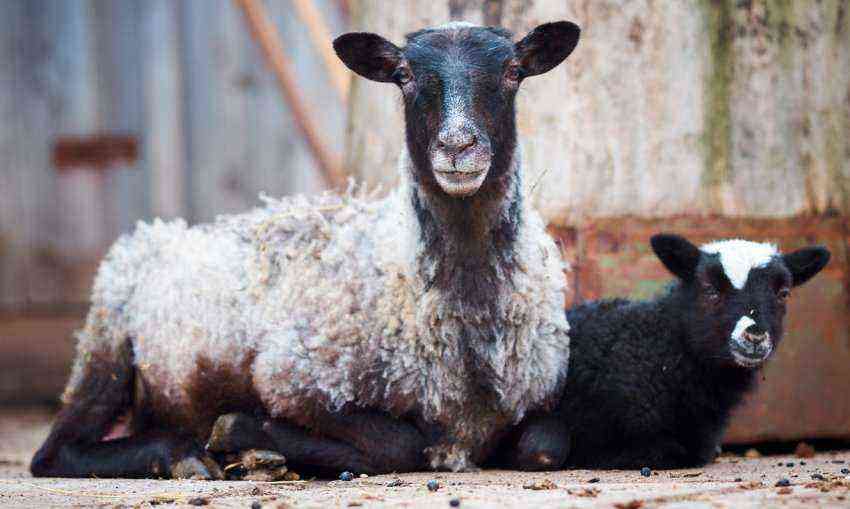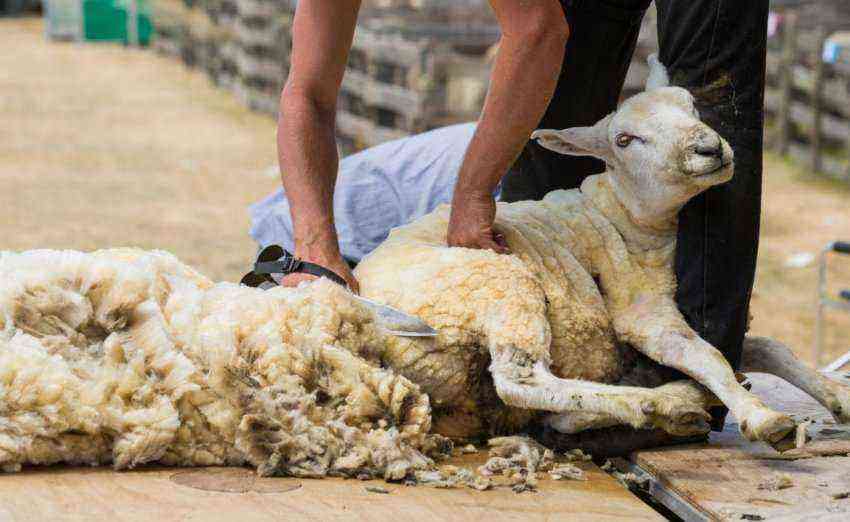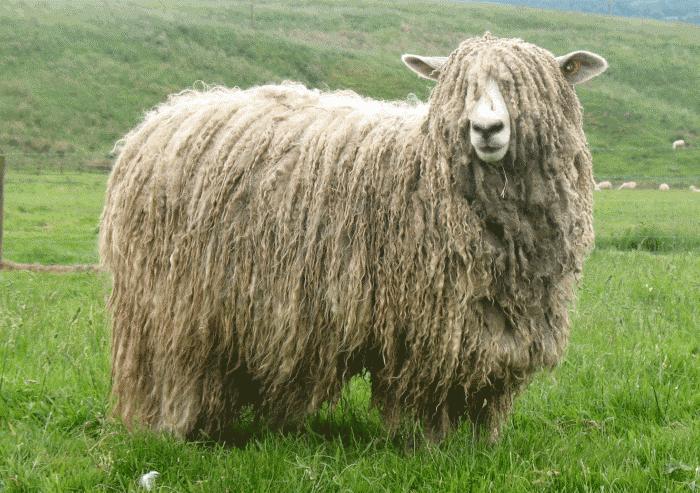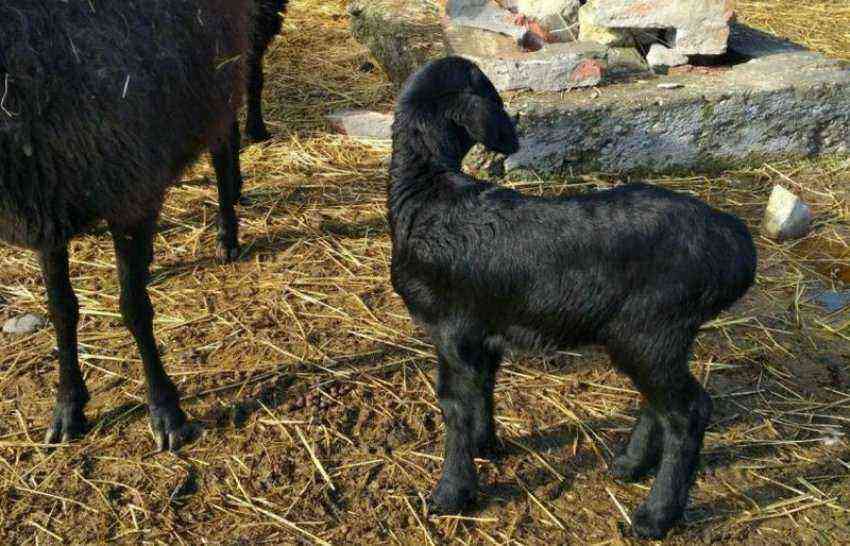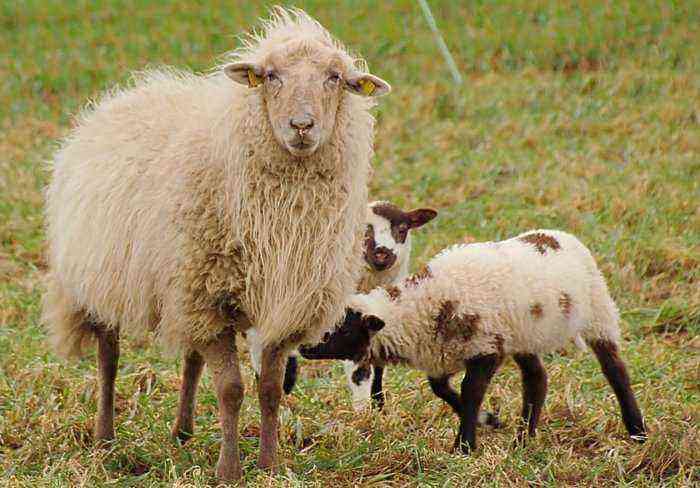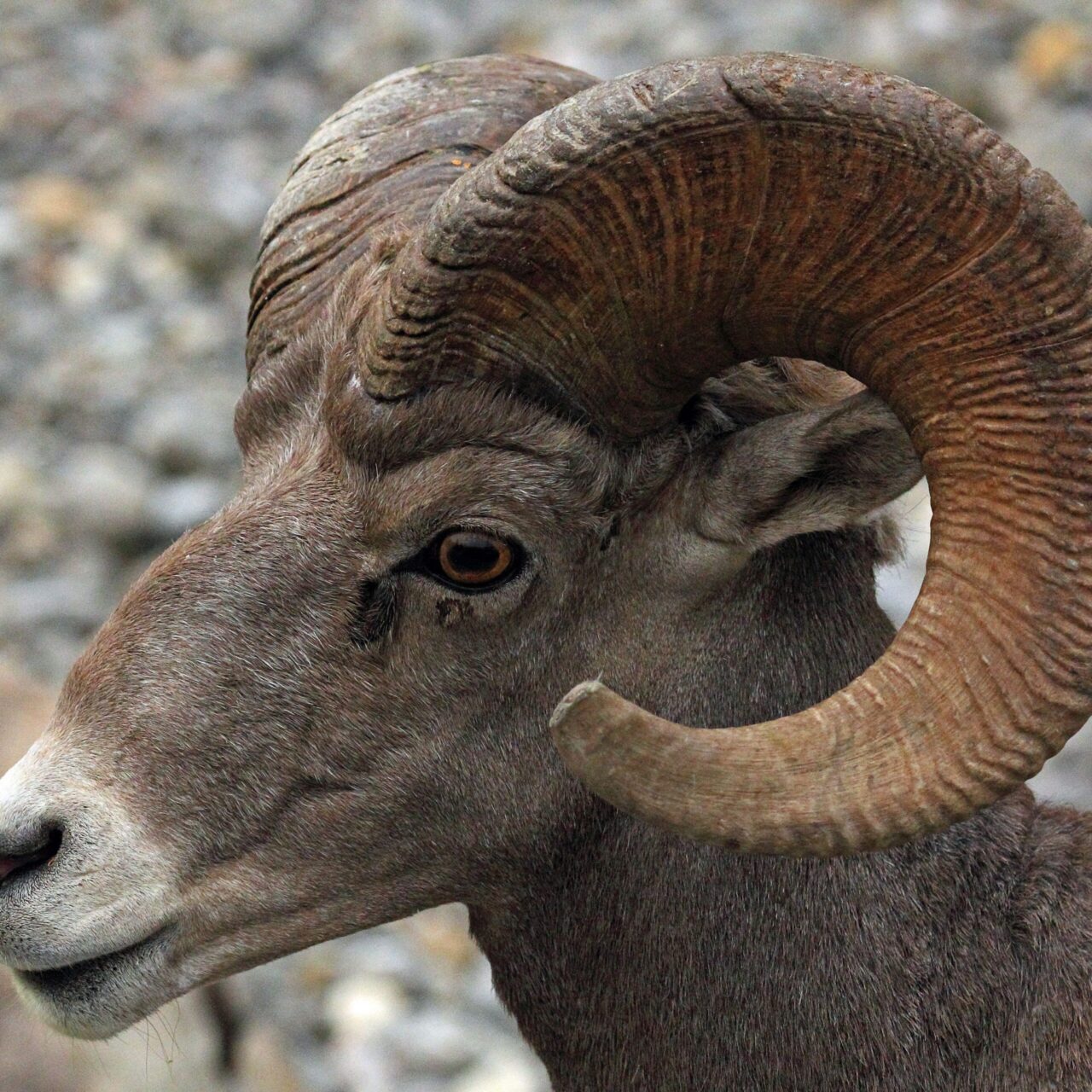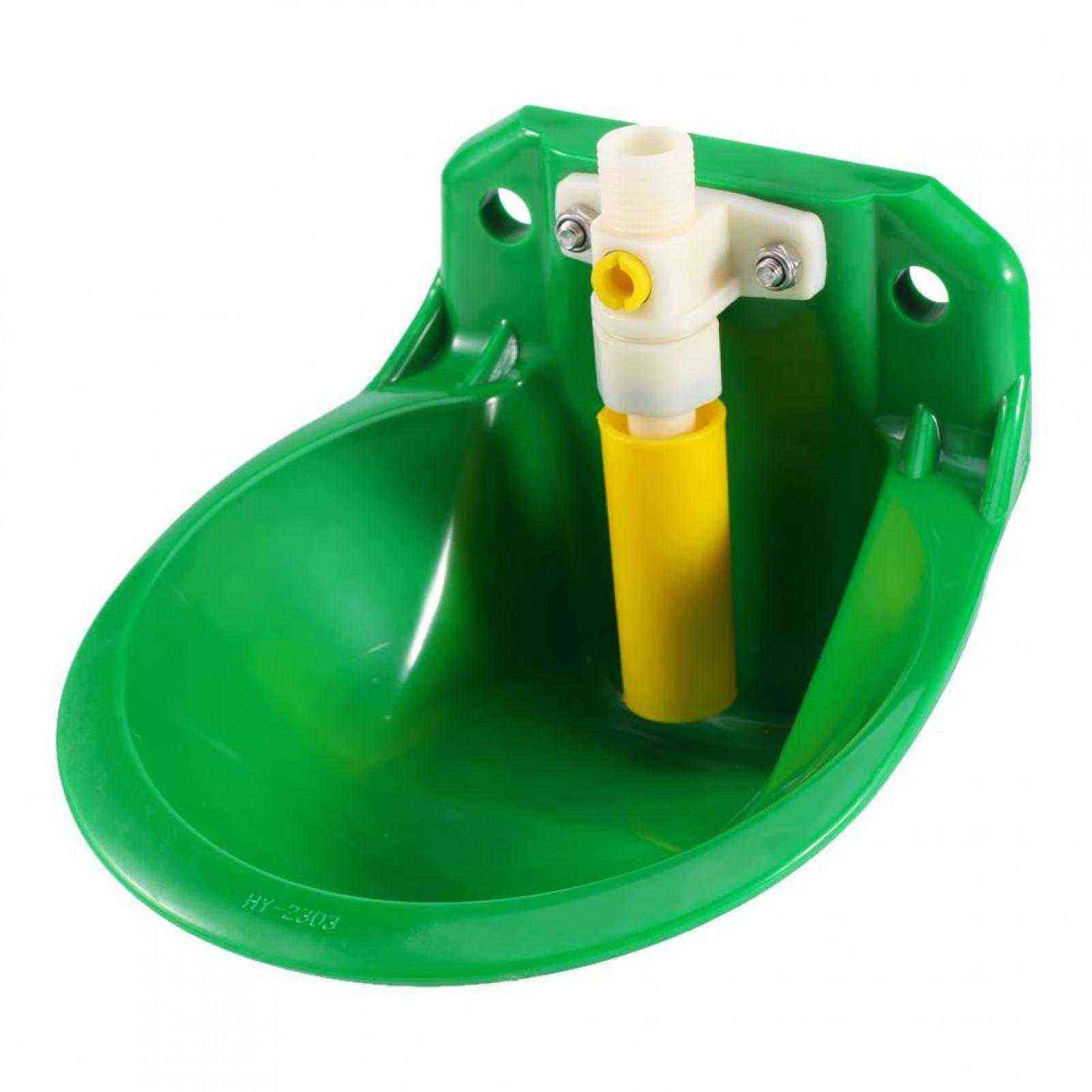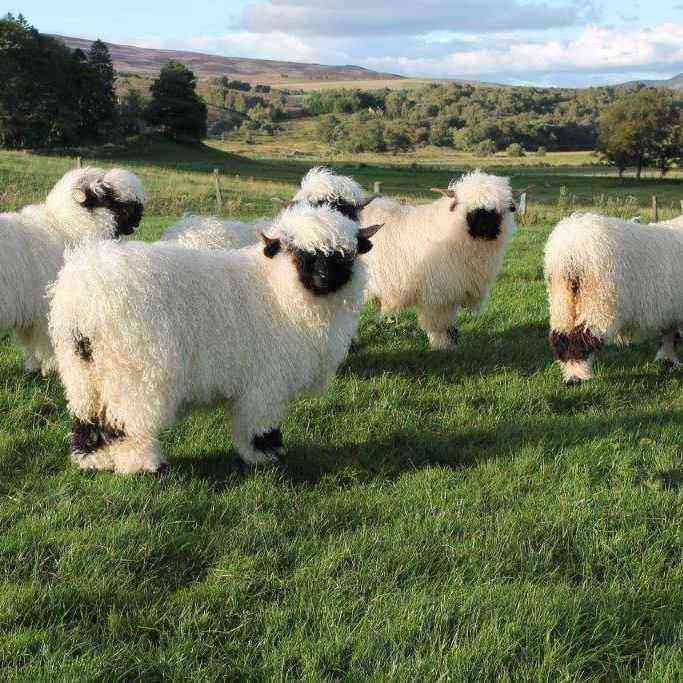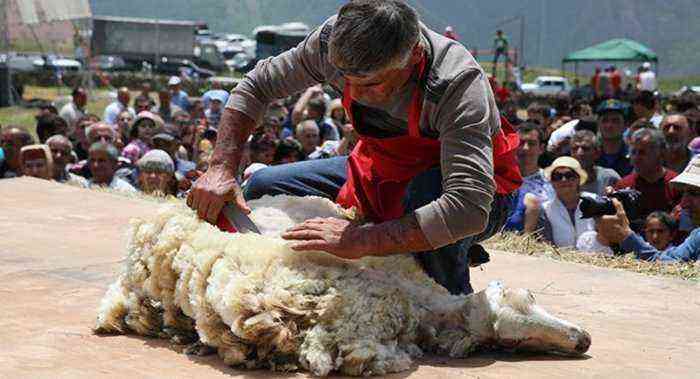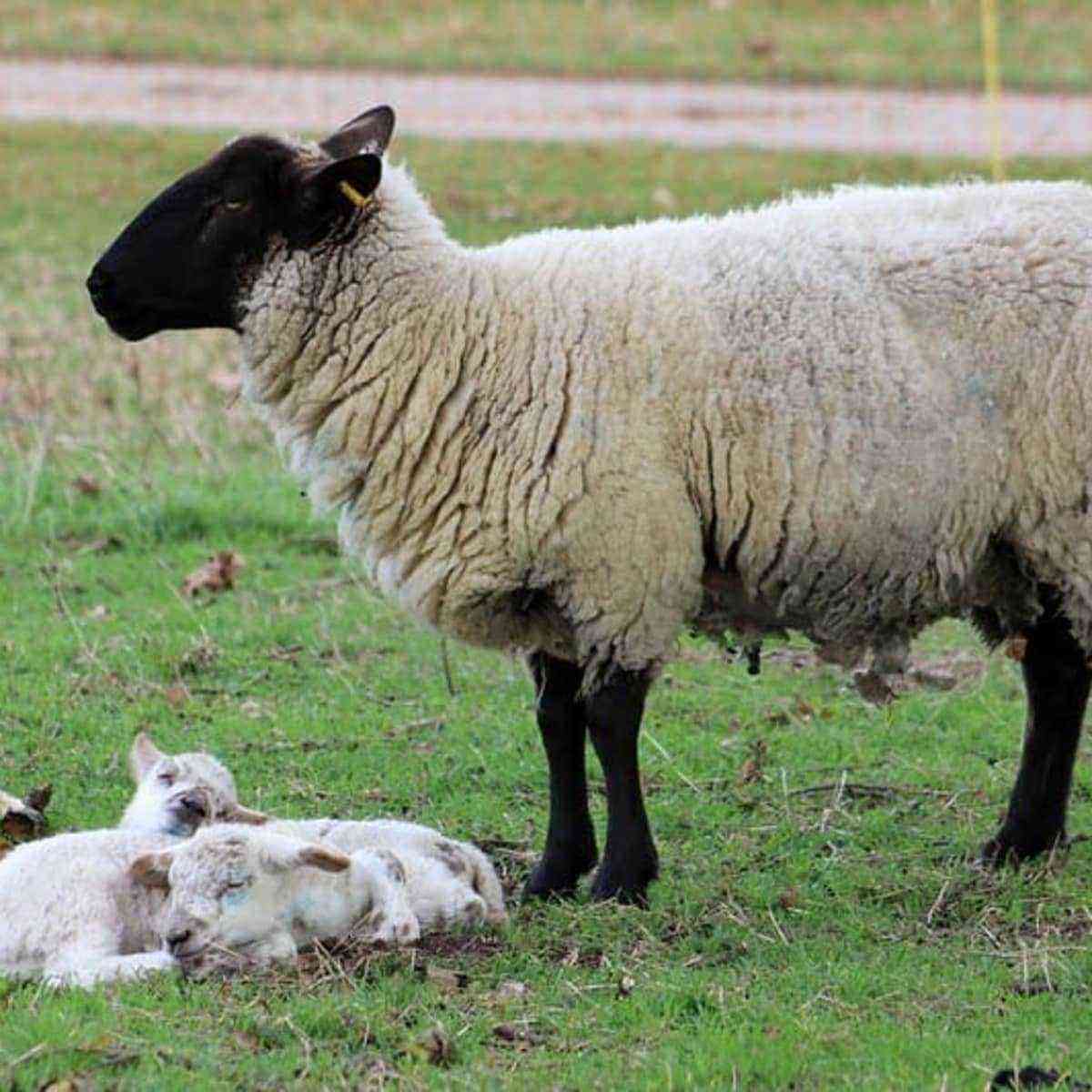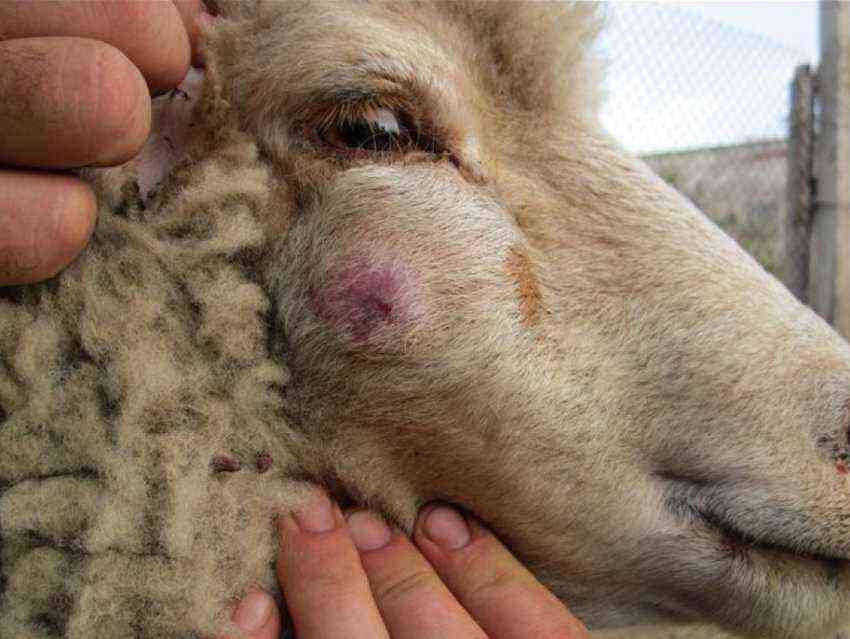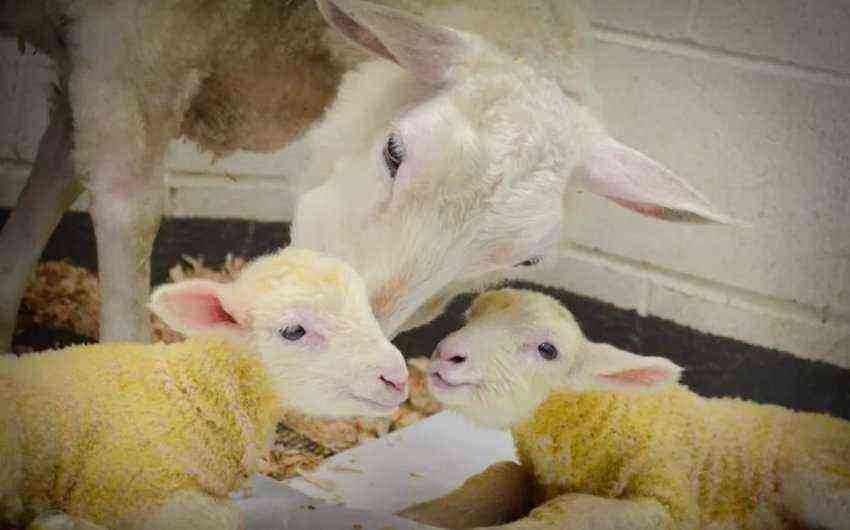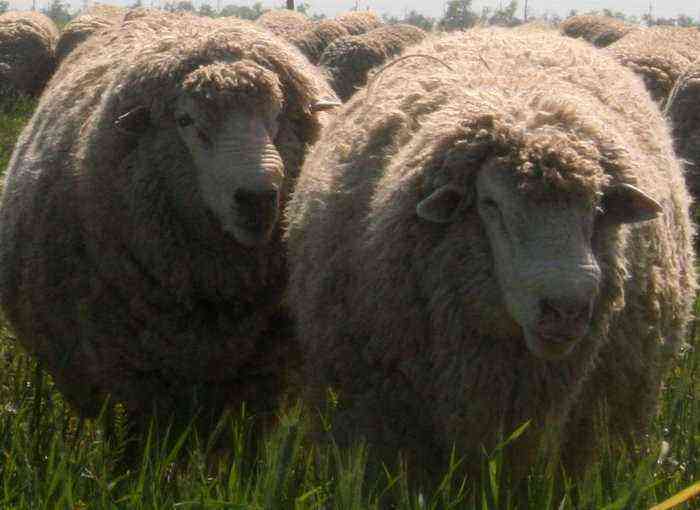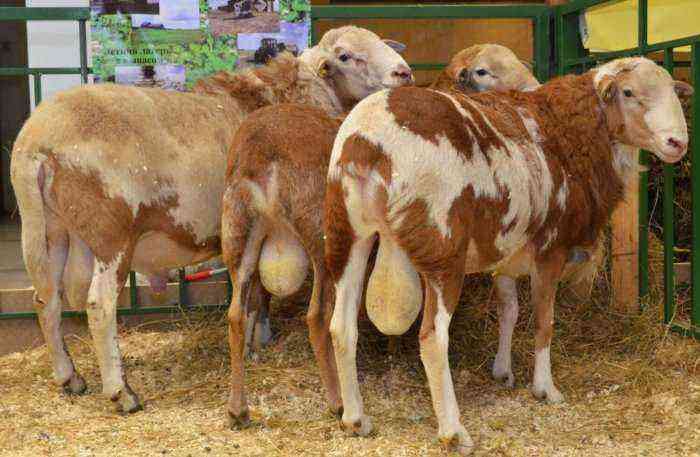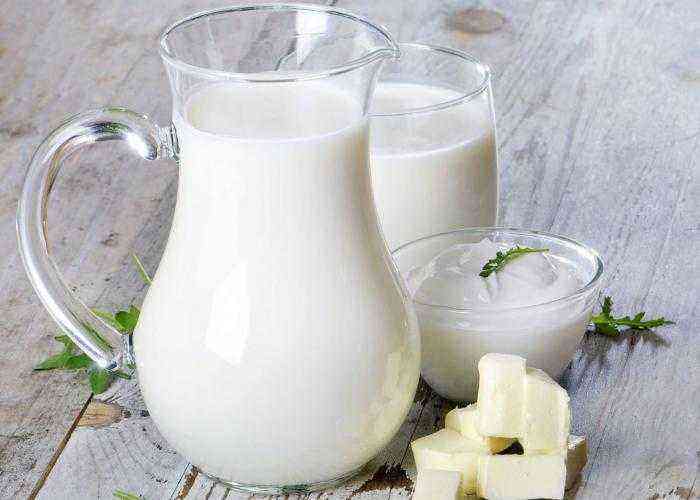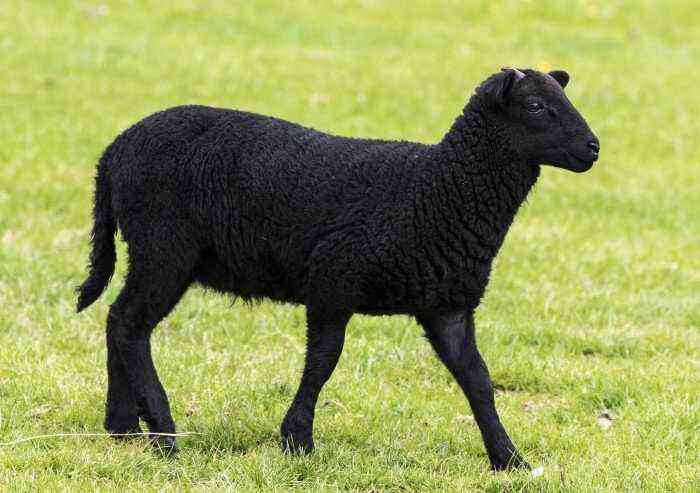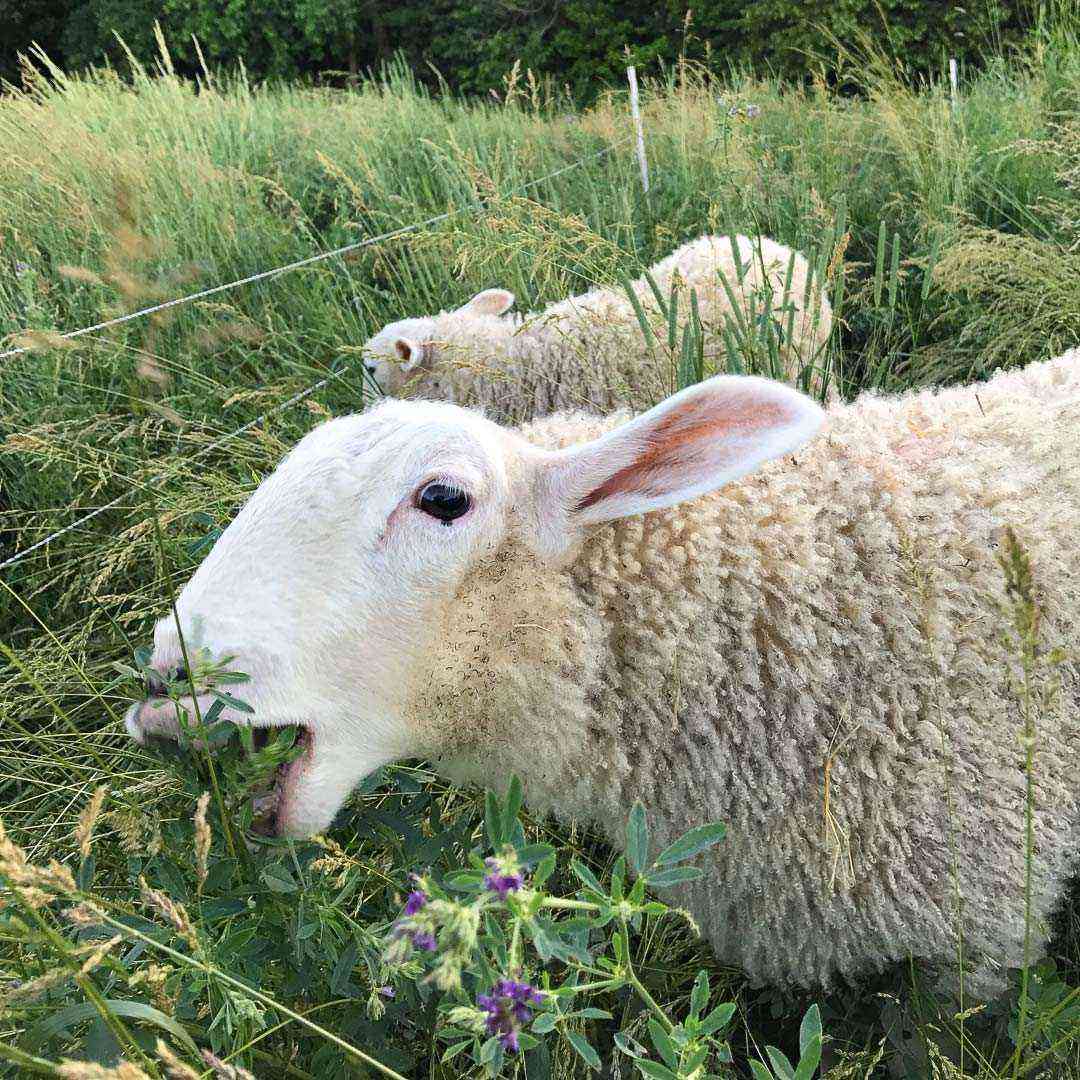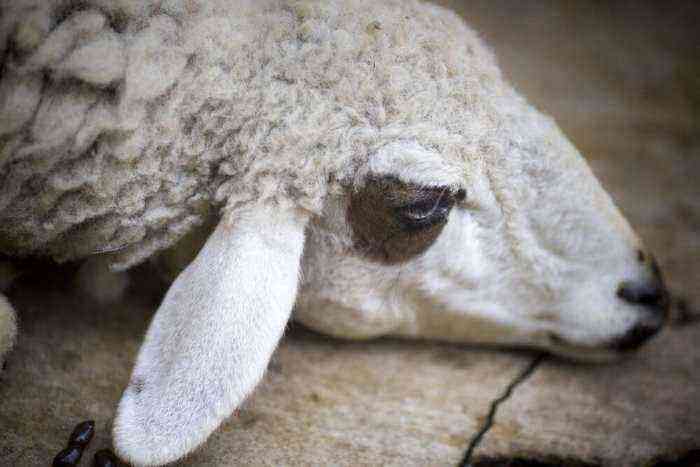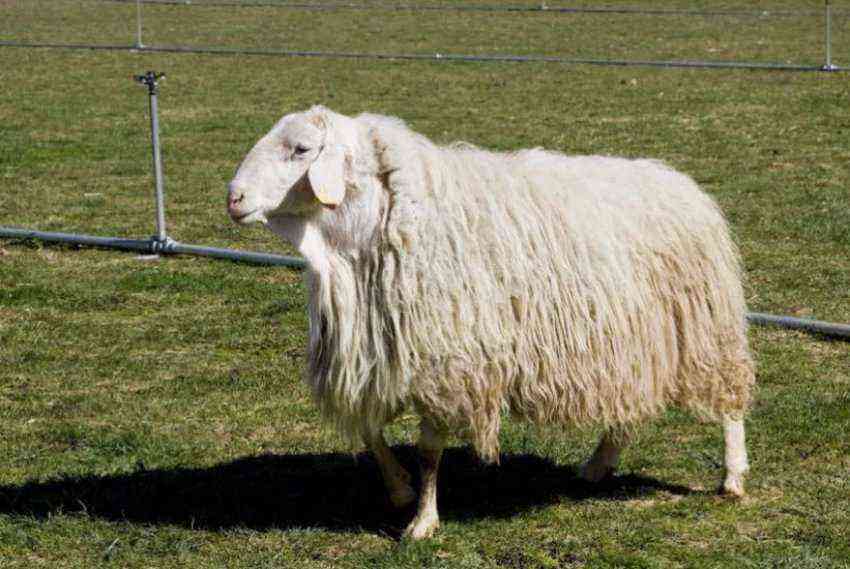Scientists have long wondered – who is the ancestor of the sheep. This animal was domesticated by man more than 8 thousand years ago, when it occurred to people to use their skins, wool and meat, and this happened in the valleys of Mesopotamia. Since then, sheep breeding has been gaining popularity on other continents. Read more about the origin of artiodactyl mammals.
Sheep with lamb
Origin of sheep and their ancestors
Sheep and goats belong to the order of artiodactyl animals with hollow horns. Archaeological excavations confirm the fact that sheep were domesticated 8-10 thousand years ago. Scientists are still arguing about the origin of sheep. They are interested in who is the ancestor of these animals. Scientists are not yet ready to name it exactly, since almost all of their assumptions have a number of inconsistencies and even contradictions. Only one thing is known for certain – sheep and goats are close relatives, since they have the same set of chromosomes – 54.
Scientists suggest that the ancestors of sheep is one of the following types of wild animals:
- argali;
- argali;
- wild mouflon.
Archar
Argali are artiodactyl mammals from the bovid family. These animals live in the foothill regions of Central and Central Asia. They are quite large – the growth at the withers of the male can reach 1-1,15 m, and at the same time it weighs 140-170 kg. A distinctive feature of this species is its huge spiral horns. Their length often reaches 1,5 meters, and weight – 20 kg.
Attention! The price of argali horns is estimated in thousands of dollars.
While one group of scientists is inclined to believe that argali are the ancestors of sheep, others refute this theory. The fact is that representatives of this genus were not found in Europe. It turns out that sheep cannot be their descendants.
Arkhar – the progenitor of a sheep?
Argali
This animal is considered the largest of the genus of sheep. The height of the male agrali at the withers exceeds 110-115 cm. With a body length of 1,5-2 meters, an adult weighs 160-180 kg. This species lives in the foothills of the Himalayas and in Transbaikalia.
wild mouflon
Most scientists are inclined to the version that it is the wild mouflon that lives in the southern parts of the European continent that is the ancestor of the sheep. Its karyotype contains 54 chromosomes, as in domesticated sheep and goats. The average weight of an adult is 45-50 kg, height is 70 cm. The horns of the mouflon grow up to 65 cm in length and have a triangular cross section.
Attention! In the course of crossing three wild representatives with domestic sheep breeds, full-fledged healthy descendants were obtained. This is one of the reasons why scientists suggest that mouflons, argali and argali are the ancestors of sheep.
Urials are another species from the genus of sheep, which theoretically could be the founder of the sheep “kingdom”. However, these animals prefer to occupy steep mountain slopes at an altitude of 6000 meters above sea level. They are common in Central Asia. According to studies, urials have 58 chromosomes in the karyotype, this fact testifies against the theory of a possible relationship of this species with sheep.
Mouflon
Theories of origin
Studying the origin of sheep, scientists were divided in opinion. Some believe that domestic breeds have only 1 wild ancestor, others oppose this theory. They tend to think that domesticated rams are descended from two wild species – argali and argali.
In the course of studying the issue of the origin of sheep, researchers found that there are many differences between wild and domestic sheep species:
- Limb length. In wild species, the legs are dry and long, in domestic species, they are short.
- Body type. Wild sheep have a slender build, well-defined muscle relief, while sheep have a rounded body.
- Wool quality. The hairline in wild species of bovids is coarse, almost half of it consists of an awn and dead hair. Domestic breeds of sheep can boast of four types of fleece and a large shear.
Attention! In wild animals from the order of bovids, the sense organs are well developed – sight, hearing and smell, unlike domesticated relatives.
All these differences may have arisen in the process of evolution, and people themselves contributed to changes in the appearance of animals when they carried out selection work. Now the question of the origin of the sheep as a species remains open. The search for her ancestors continues.

